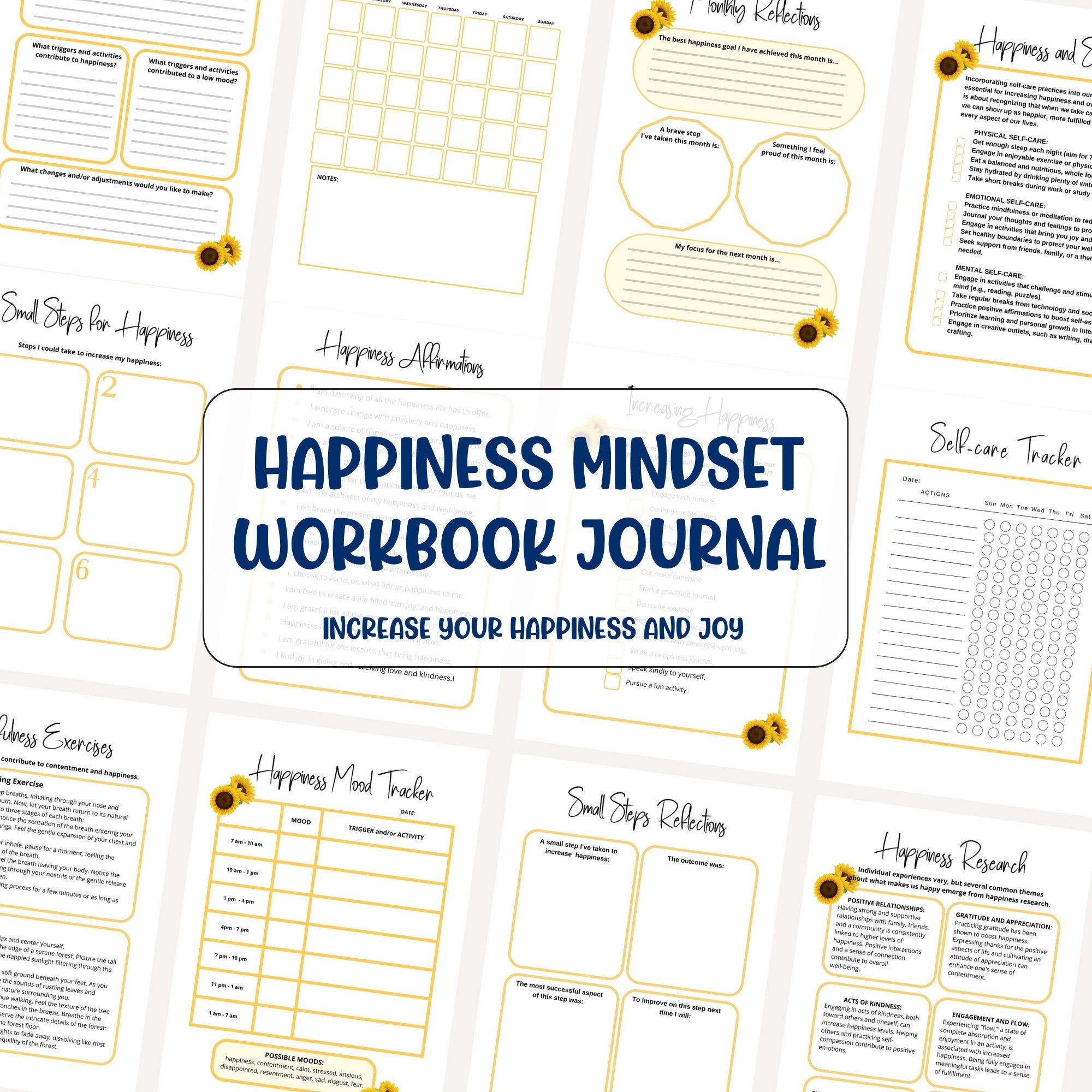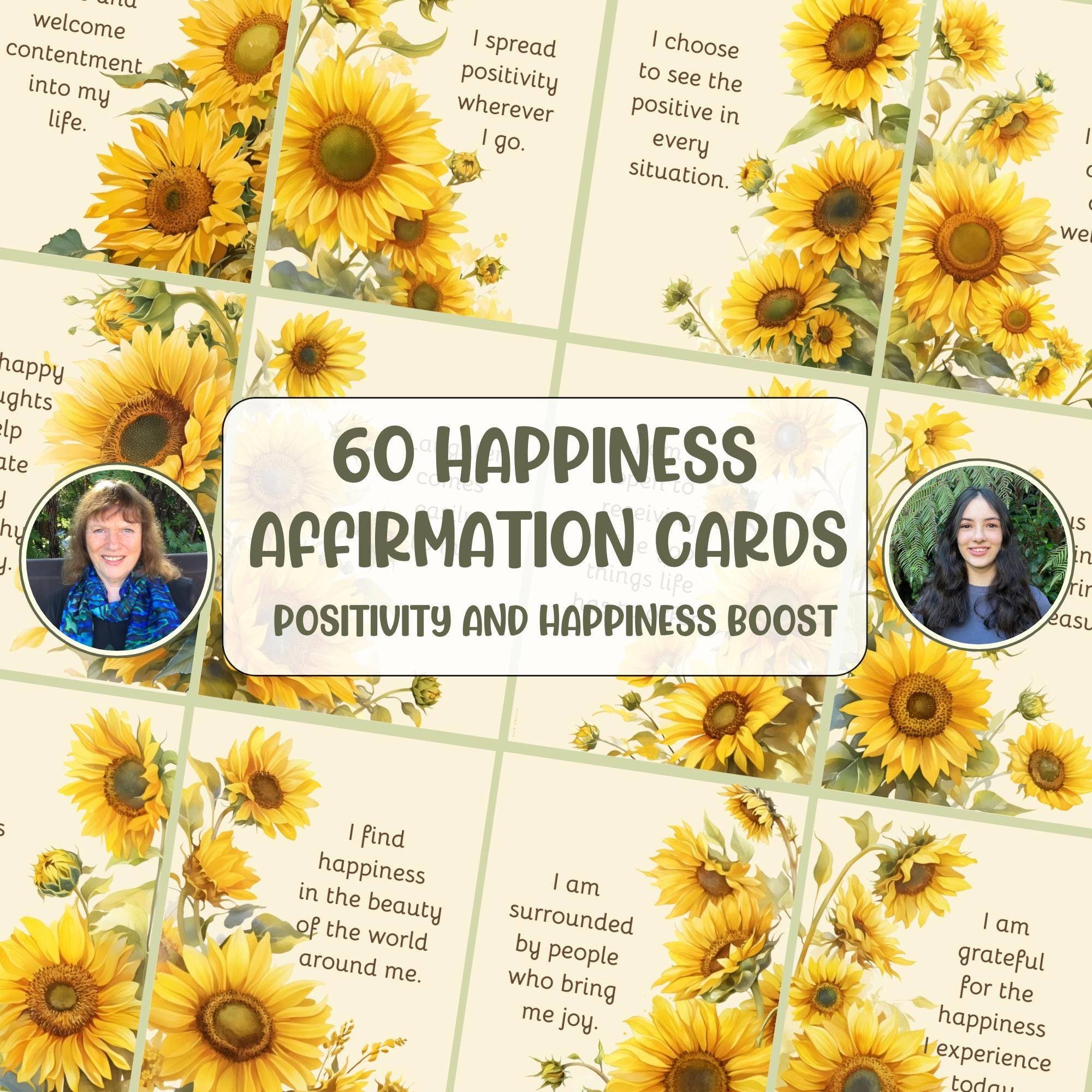The Science of Happiness: What Really Boosts Your Mood
Happiness isn’t just a fleeting emotion—it’s a state of wellbeing that science shows we can nurture and grow. While we can’t control every circumstance in life, research in psychology and neuroscience reveals that there are reliable ways to lift our mood and build lasting happiness.
The best part? Many of these strategies are simple, free, and accessible to anyone. In this blog, we’ll explore the science of happiness and the practices that truly make a difference.
Why Happiness Matters
Happiness goes far beyond simply “feeling good.” Studies show that happier people enjoy better physical health, stronger relationships, and greater resilience when facing challenges. Happiness also supports creativity and productivity, making us more effective in daily life.
The good news is that happiness is not entirely determined by genetics or external circumstances. Psychologist Sonja Lyubomirsky’s research suggests that around 40% of our happiness is shaped by intentional activities—the choices we make every day. This means we all have the power to boost our mood and create more joy in our lives.
1. Gratitude: Training Your Brain to Notice the Good
One of the most powerful mood boosters is gratitude. Neuroscience shows that practicing gratitude activates the brain’s reward system, releasing feel-good chemicals like dopamine and serotonin. Over time, this practice actually rewires the brain to notice more positives.
Simple practices:
Write down three things you’re grateful for each day.
Share your appreciation with someone you love.
Pause to savor small joys, like a sunny morning or a warm drink.
Even two minutes of gratitude daily can have measurable effects on mood and wellbeing.
2. Movement: The Happiness Chemical Booster
Exercise is often called a “natural antidepressant”—and for good reason. Physical movement stimulates endorphins, the body’s natural feel-good chemicals. It also reduces stress hormones like cortisol and increases blood flow to the brain, improving clarity and focus.
The science is clear: you don’t need a gym membership or long workouts. A brisk 10-minute walk, dancing to your favorite song, or stretching can instantly boost mood. The key is to find movement you enjoy, so it feels like a gift, not a chore.
3. Connection: Why Relationships Are the Heart of Happiness
Harvard’s longest-running study on happiness found one consistent theme across decades: strong relationships make us happier and healthier. Humans are wired for connection, and positive social interactions increase oxytocin, the bonding hormone that fosters trust and belonging.
To build connection:
Spend quality time with family and friends without distractions.
Reach out to someone you haven’t spoken to in a while.
Join a group or community that shares your interests.
Even small gestures—like smiling at a stranger or sending a kind message—can spark joy for both you and others.
4. Mindfulness: Living in the Moment
Our minds tend to wander, often toward worries about the past or future. Research from Harvard shows that this “mind wandering” makes us less happy, regardless of what we’re doing. Mindfulness—the practice of paying attention to the present—can reverse this.
Mindfulness helps regulate emotions, reduces stress, and improves overall mood. Simple practices include mindful breathing, body scans, or focusing fully on one task, like eating a meal slowly and noticing every flavor.
The more we practice, the easier it becomes to catch our wandering mind and bring it back to the moment.
5. Acts of Kindness: The Happiness Ripple Effect
Helping others doesn’t just benefit them—it boosts our own happiness, too. Acts of kindness release dopamine and activate the brain’s reward system, often referred to as the “helper’s high.”
This doesn’t have to be grand. Holding a door open, buying a coffee for someone, or sending a thoughtful note can spark joy. Research shows that even small acts of kindness create ripples, inspiring others to spread positivity.
6. Purpose: Aligning with What Matters Most
Finally, happiness flourishes when life feels meaningful. Having a sense of purpose—whether through work, volunteering, creativity, or family—gives us direction and fulfillment. Research shows that people with a strong sense of purpose live longer, healthier lives and report higher happiness levels.
Ask yourself: What matters most to me? Then look for ways to align your daily actions with those values. Even small steps toward meaningful goals can fuel long-term wellbeing.
Final Thoughts
The science of happiness shows us that joy is not about chasing perfection or waiting for life to be stress-free. Instead, it’s built moment by moment through intentional choices—gratitude, movement, connection, mindfulness, kindness, and purpose.
You don’t have to do all of these at once. Start small. Choose one practice to try today, and notice how it shifts your mood. Over time, these habits compound, creating a happier, more resilient you.
Happiness is not a destination. It’s a practice, a way of living. And with science as our guide, we can all choose to nurture more joy in our lives.
If you’d love some extra support in boosting your mood and building daily joy, we’ve created a set of Happiness Affirmation Cards and a Happiness Journal to guide you. The journal is available in two beautiful designs—a bright sunflower edition with 147 inspiring pages, and a Boho rainbow edition with the same uplifting content in a softer, earthy style. These tools are designed to keep happiness habits close at hand, helping you stay grounded, positive, and focused on what truly matters.




